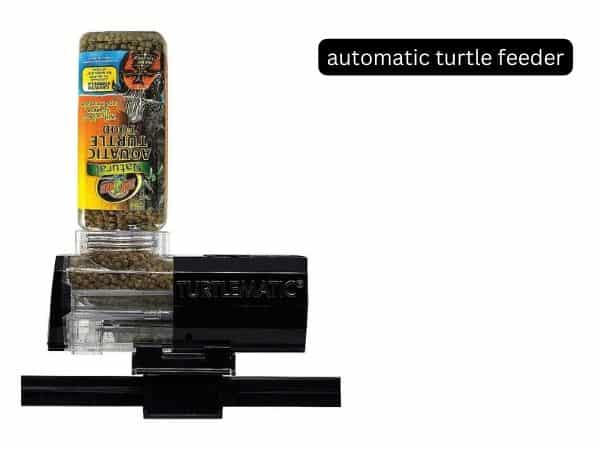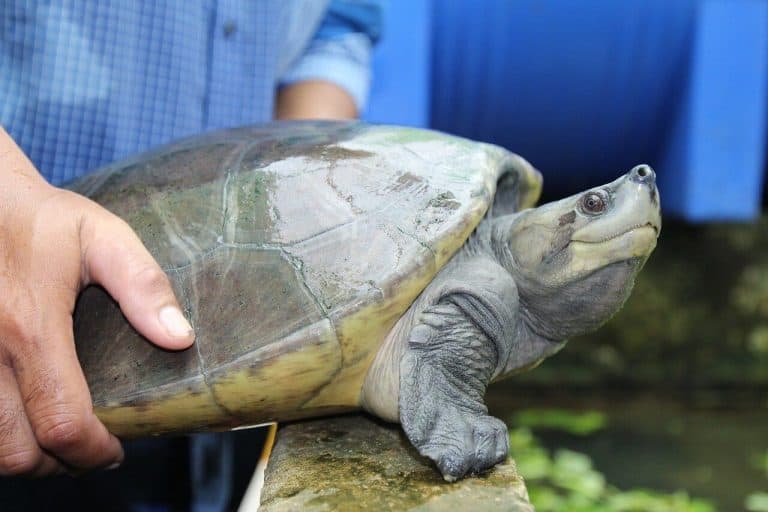How Do Turtles Poop?
Today we discuss How Do Turtles Poop. Turtles have a complex digestive system that plays a crucial role in processing food and eliminating waste. Unlike mammals, turtles do not have separate openings for urine and feces. Instead, they use a single opening called the cloaca for both functions. The cloaca is a multi-purpose opening located on the underside of the turtle’s tail, serving as the exit point for digestive, urinary, and reproductive systems.
When a turtle consumes food, it travels through the esophagus into the stomach, where it undergoes digestion. The nutrients are then absorbed in the intestines, and the remaining waste material moves towards the cloaca for elimination.
How Do Turtles Poop:
The Process of Turtle Defecation
Turtle defecation is a fascinating process that involves several steps. Once the waste material reaches the cloaca, the turtle positions itself in a suitable location, such as water or land, to expel the feces. The muscles around the cloaca contract, pushing the waste out of the body.
Unlike some mammals that produce distinct solid feces, turtle poop can vary in consistency depending on factors like diet and hydration levels. In general, turtle feces are cylindrical and may contain undigested remnants of their food, such as shells or plant matter.
Factors Influencing Turtle Poop:
Several factors can influence the frequency and appearance of turtle poop. Diet plays a significant role in determining the color, texture, and odor of turtle feces. For example, turtles that primarily consume meat may have darker and smellier poop compared to herbivorous species.
Hydration levels also impact turtle poop consistency. Dehydrated turtles may produce dry and hard feces, while well-hydrated turtles are likely to have softer stools. Environmental factors, such as temperature and stress levels, can also affect turtle defecation patterns.
Importance of Monitoring Turtle Poop:
Monitoring a turtle’s poop can provide valuable insights into its overall health and well-being. Changes in fecal consistency, color, or frequency could indicate underlying health issues, such as digestive problems or parasites. By observing and documenting your turtle’s poop regularly, you can detect potential issues early and seek veterinary care if necessary.
Additionally, proper waste management is essential for maintaining a clean and healthy turtle habitat. Regularly removing feces from the enclosure can prevent bacterial growth, odors, and contamination of the water source.
Common Myths About Turtle Poop:
There are several misconceptions surrounding turtle poop that deserve clarification. One common myth is that turtles do not produce waste, which is untrue. All animals, including turtles, excrete waste products as part of their metabolic processes.
Another myth is that turtles can control when and where they poop. While turtles may exhibit preferences for certain defecation sites, they do not have complete control over their bowel movements. Factors like diet, hydration, and environmental conditions influence when and how often a turtle poops.
Environmental Impact of Turtle Poop:
Turtle poop plays a vital role in ecosystem health by recycling nutrients and contributing to nutrient cycling. As turtles consume a variety of foods, including plants and animals, their waste contains valuable nutrients that enrich the soil and support plant growth.
However, excessive turtle poop in aquatic environments can lead to nutrient imbalances, algal blooms, and water quality issues. It is essential to manage turtle populations responsibly and minimize nutrient runoff from turtle habitats to maintain ecological balance.
Tips for Handling Turtle Poop:
When caring for pet turtles, proper handling of their poop is essential for maintaining hygiene and preventing health risks. Here are some tips for handling turtle poop effectively:
- Wear gloves when cleaning the enclosure or handling feces.
- Use a dedicated scooper or tool for removing poop from the habitat.
- Dispose of waste material in a sealed bag or trash receptacle.
- Clean and disinfect surfaces that come into contact with turtle poop to prevent bacterial contamination.
- Monitor your turtle’s poop regularly for any changes or abnormalities.
Conclusion:
turtle defecation is a natural and essential process that reflects the overall health and dietary habits of these fascinating reptiles. By understanding the intricacies of how turtles poop and its significance in their ecosystems, we can cultivate a deeper appreciation for these resilient creatures. Whether in the wild or as pets, turtles rely on proper waste management practices to thrive and contribute positively to their environment.


